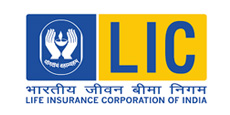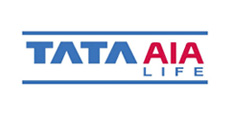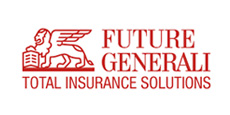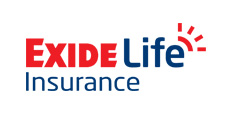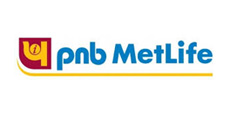
Life insurance is a contract between an insurer and a policyholder in which the insurer guarantees
payment of a death benefit to named beneficiaries upon the death of the insured.
The insurance company promises a death benefit in consideration of the payment of premium by the insured.
This is often calculated with a free asset ratio.
The purpose of life insurance is to provide financial protection to surviving dependents
after the death of an insured. It is essential for applicants to analyze their financial situation
and determine the standard of living needed for their surviving dependents before
purchasing a life insurance policy. Life insurance agents or brokers are instrumental
in assessing needs and establishing the type of life insurance most suitable to address those needs.
Several life insurance channels are available including whole life, term life,
universal life and variable universal life (VUL) policies. It is prudent
to re-evaluate life insurance needs annually, or after significant life events like
marriage, divorce, the birth or adoption of a child and major purchases, like a house.
Features of Life Insurance
- Risk Coverage - Insurance provides risk coverage to the insured family in form of monetary compensation in lieu of premium paid.
- Difference plans for different uses - Insurance companies offer a different type of plan to the insured depending on his need for insurance. More benefits come with the more premium.
- Cover for Health Expenses - These policies also cover hospitalization expenses and critical illness treatment.
- Promotes Savings / Helps in Wealth creation - Insurance policies also come with the saving plan i.e. they invest your money in profitable ventures.
- Guaranteed Income - Insurance policies come with the guaranteed sum assured amount which is payable on happening of the event.
- Loan Facility - Insurance companies provide the option to the insured that they can borrow a certain sum of amount. This option is available on selected policies only.
- Tax Benefits - Insurance premium is tax deductible under section 80C of the income tax Act, 1961.
Types of Life Insurance
We can categorize Life Insurance into following plans:
1. Term insurance
Term plans are the most basic form of life insurance. They provide life cover with
no savings / profits component. They are the most affordable form of life insurance
as premiums are cheaper compared to other life insurance plans.
2. Endowment plans
Endowment plans differ from term plans in one important aspect i.e. maturity benefit.
Unlike term plans which pay out the sum assured, along with profits, only in case of
an eventuality over the policy term, endowment plans pay out the sum
assured under both scenarios - death and survival.
3. Unit Linked Insurance Plans (ULIP)
ULIPs are a variant of the traditional endowment plan. They pay out the sum assured
(or the investment portfolio if it’s higher) on death/maturity. Since ULIPs invest
in stock markets they are well-suited for individuals with appetite for risk.
4. Whole Life Policy
A whole life insurance plan covers a policyholder over his life. The main feature of
a whole life policy is that the validity of the policy is not defined so the
individual enjoys the life cover throughout his life.
5. Money Back Policy
This is a variant of the endowment plan. A money back policy gives periodic payments
over the policy term. To that end, a portion of the sum assured is paid out at regular intervals.
If the policy holder survives the term, he gets the balance sum assured.

